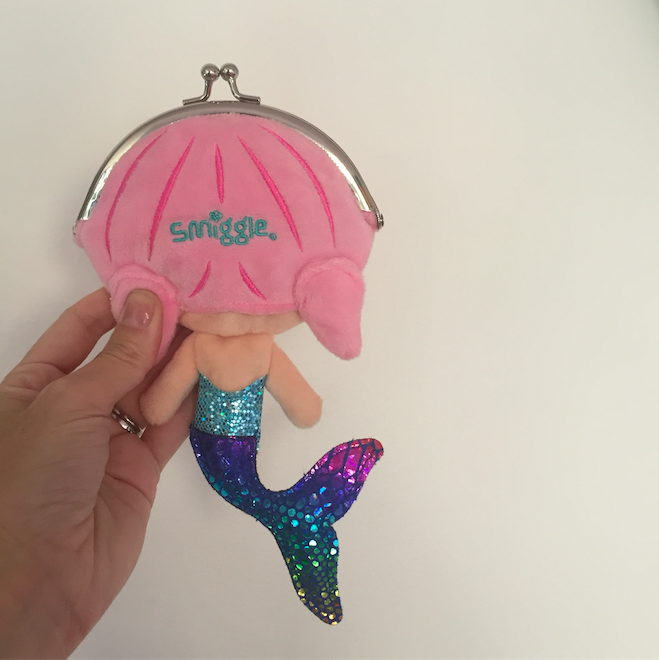Pocket money. Recently, Ella has started asking us if she can have pocket money. It’s something that some kids grow up with, and others don’t. It’s one of those things that some parents feel very strongly against, whilst others see it as a healthy way to teach children about hard work and the value of a dollar. Like all things parenting, there seem to be an endless array of rules, dos and don’ts when it comes to pocket money. As a Maths teacher, I’m really keen to teach Ella about money, it’s value, how we earn it, save it and spend it. Whilst I’m far from an expert, I wanted today to share my ideas about how to introduce pocket money, and how to use it as a healthy tool for developing numerate children.
After doing some research, I’ve discovered some consistent questions that seem to pervade the arena of pocket money. If you’ve got children then chances are that you’ve asked one of these questions at least once, possibly in recent months.
- At what age should pocket money be introduced?
- How much should children get?
- What should children ‘do’ to receive pocket money?
- What should children do ‘with’ their pocket money?
This post is dedicated towards sharing some basic ideas that have worked in our house, to help make the task of introducing money a healthy and a happy one.
- At what age should pocket money be introduced?
Obviously the exact age is a debatable one. Every family is different, but in my eyes, as a teacher and a mother, when children understand the concept of counting and the ability to understand the value of a number, then this is a good age to start exploring money. The ability to say a number, does not mean that they understand the number. For example, a child may know the word ‘ten’, but can they draw it in a group of collections, make it, create it, understand the numbers before and after. Young children need to understand the numbers 0-10 in lots of different ways. When a child is in kindergarten, and is able to begin showing that they truly understand single digits, then this, in my eyes, is a great time to start introducing small amounts of money.
Children are surrounded by money: in shops, supermarkets, on television. But do they understand ‘where’ money comes from? For many kids, if you ask them, they will probably say ‘from the hole in the wall’ or ‘Mummy has a card – that is money’. It makes sense that they should have some idea of the concept of money and how we use it to pay for things. Kindergarten is the perfect age to immerse them in an introduction to money and how we use it to pay for the things we want and need. It is also super important to help them undersatnd the concept of charity and giving to help others.
2. How much should children get?
In similar ways, children should not be introduced to too much money. There are two ways that you can focus on pocket money. As an allowance (amount each week) or as individual tasks (cost per task). A good rule of thunb is to use your child’s age as a guide. If they are five years old, then exploring five dollars per week. The most important thing to remember is helping your children to undersstand the concept of monetary amounts. Consistency is key. So if your child receives $5 per week, then they need to know what they have to do to achieve that amount. Alternatively, they need to know how much tasks are worth in order to receive that amount. Keep it simple, keep it consistent.
This simple ‘job chart‘ from Nature Mums is a fantastic tool that has become a normal routine in her household!
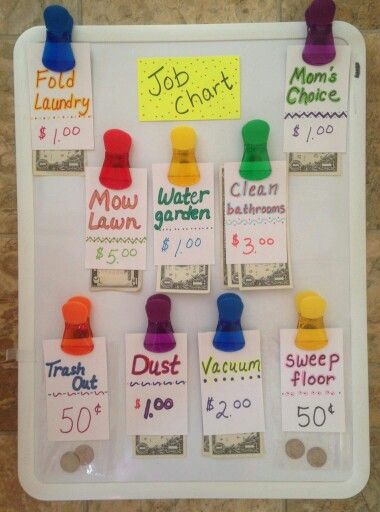
3. What should children ‘do’ to receive pocket money
This is always the hot topic. Whilst the tasks that your children complete need to suit your household structure and routine, there is real advice around making sure that you do not reward your children for doing everyday tasks that they should just ‘do’. This involves things like brushing teeth, cleaning up toys, using manners etc. Rewarding children for behaviours that help them to learn to take care of themselves, stay healthy and hygenic can be dangerous. These every day chores should be done, no matter what. It’s important that kids also understand the value of helping others, just because it is the right thing to do. That said, if it works in your family, go for it!
Here are a list of jobs for each age to use as a guide from Sunshine and Hurricanes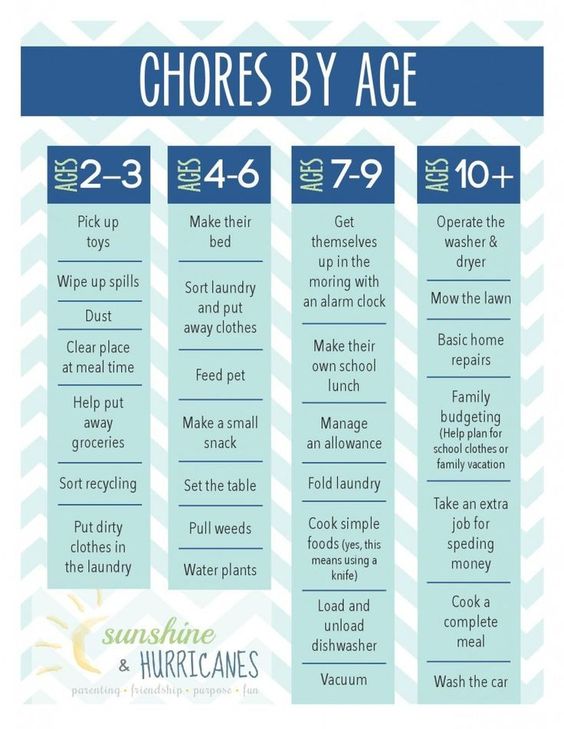
4. What should should do ‘with’ their pocket money
There are three simple rules that can help children to understand the value of their money. Give, spend, save. I always thought it was a lovely thing to teach children the concept of charity from a young age. Whether it be giving of their toys, clothes or money, teaching children to support those who are struggling is such an important concept. Spending money is something we all love doing g(some more than others!). Its so important to help children understand the idea of not spending more than you have. Giving children a wallet and taking them to a shop where they can actually spend their money is both practical and an exciting experience. Stores like Smiggle, have loads of great quality toys, stationery and puzzles that children can purchase for under $5.
Recently, we took Ella to Smiggle and she used her pocket money to buy a gorgeous mermaid purse, to store her coins. She also got some glow in the dark, scratch n sniff and colour change stickers, an insanely cool mermaid tail notebook and some classic textas. The best part is kids can see the value in actually handing over their hard earned money to the cashier, and can buy more than one thing as they are really reasonable in price!
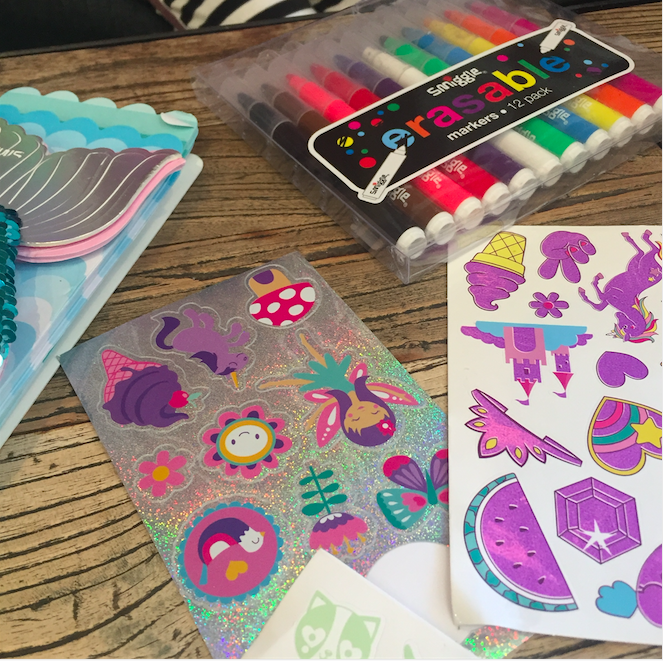
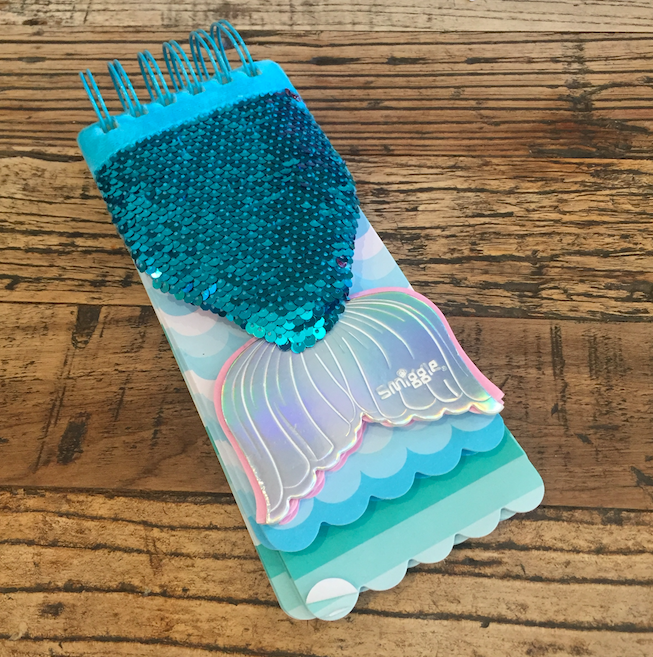

Save. Even the best of us find this hard a times! Teaching your children to save a certain amount each week is a healthy habit. Whether it be a percentage, or the same amount each week, simply developing the routine of saving is key in developing life long financial health. Your child may also want something super special, so understanding the idea of putting a little amount away each week will help them to achive their goals.
I love the idea of having a simple Spend, Save, Give set of jars for children to use to organise their pocket money. You could get them to decorate them as they wish!

So whether you do or don’t give pocket money, there are no real rules that you must follow. Just make sure that you think about how your structure it so it suits your family, and develops healthy habits for the future!

The post Pocket Money: Give, spend, save. appeared first on Happy Ella After.
